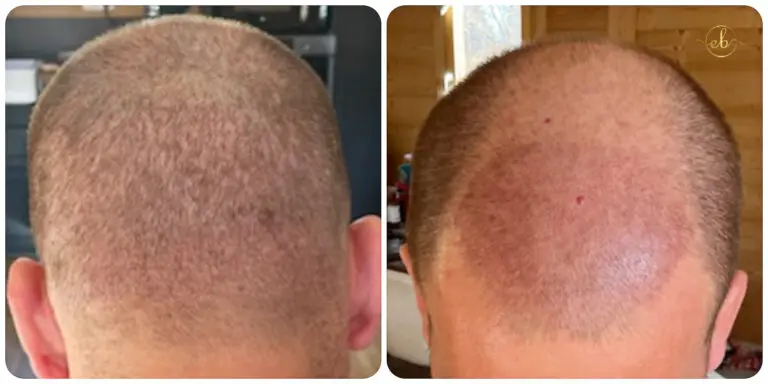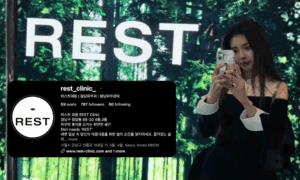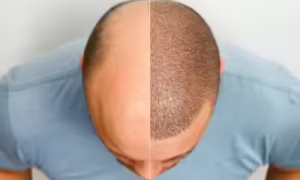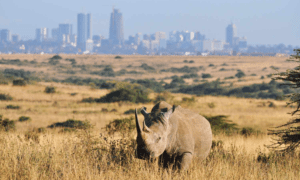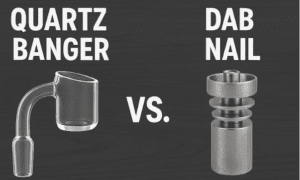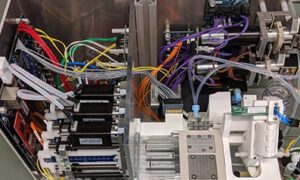If you’ve just undergone a hair transplant or are planning to, you’re likely wondering how much rest you’ll need to fully recover. While rest is a critical part of the healing process, it’s important to understand how long you should rest and when you can return to your normal activities. Proper rest not only ensures that your hair grafts settle in place, but it also helps you avoid complications and achieve the best results from your surgery.
What Happens Immediately After a Hair Transplant?
The first 24 hours after your hair transplant are crucial. You might experience swelling, redness, and small scabs around the grafts, which is completely normal. It’s important to avoid touching or irritating the transplant area during this time. Gentle care is key to ensuring that your scalp heals properly and that the hair grafts remain undisturbed.
The Importance of the First 72 Hours
The first 72 hours (three days) post-transplant are particularly important. This is when your newly transplanted hair follicles are at their most vulnerable. During this period, you’ll need to avoid any physical strain, excessive movement, or anything that might cause friction on the scalp. It’s also critical to avoid smoking and alcohol as these can negatively impact healing.
How Long Should You Rest?
In general, it’s recommended to rest for at least 2-3 days after your hair transplant. For most people, this means taking time off work or daily responsibilities to allow the scalp to begin healing. If you’ve had Follicular Unit Transplantation (FUT), you might need more time to recover due to the larger incision. Those who undergo Follicular Unit Extraction (FUE), which is less invasive, might be able to return to light activities sooner.
When Can You Resume Normal Activities?
You can typically resume light activities, such as walking, after 2-3 days. If you work in an office or have a job that doesn’t require physical exertion, you may be able to return to work within 3-5 days. However, if your job involves heavy lifting or physical activity, it’s best to wait at least a week or consult with your surgeon to determine the safest time to return.
Avoiding Strenuous Activities
Strenuous activities, such as exercise, heavy lifting, or sports, should be avoided for at least two weeks post-transplant. Physical exertion can increase blood flow to the scalp, which might lead to swelling and compromise the newly transplanted grafts. It’s better to ease back into physical activities gradually to ensure the best possible results.
Sleeping After a Hair Transplant
How you sleep after a hair transplant can significantly impact your recovery. It’s recommended to sleep with your head elevated, using pillows to prop yourself up at a 45-degree angle. This helps reduce swelling and ensures that your scalp remains protected. Try to avoid sleeping on your stomach or sides to prevent friction on the grafted area. After about a week, you can typically resume your normal sleeping routine.
Cost Of Hair Transplant In Mexico
Cost of hair transplant in mexico are notably more affordable than in the United States or Canada, with prices typically ranging from $2,000 to $8,000, depending on factors such as the number of grafts, the technique used, and the clinic’s location and reputation . For instance, a 2,000-graft FUE (Follicular Unit Extraction) procedure may cost around $4,130 on average . Some clinics offer all-inclusive packages starting at $2,950, which may cover accommodations, transportation, and post-operative care . While Mexico provides cost-effective options, it’s advisable to research and compare clinics to ensure quality and safety.
How to Care for Your Scalp in the First Week
Proper scalp care in the first week is essential to preventing infections and promoting healing. Your surgeon will give you specific instructions on how to gently wash your scalp without disturbing the grafts. You may also be advised to use special shampoos or products that are gentle on the scalp. Avoid any harsh scrubbing or scratching during this sensitive time.
Signs That You May Need More Rest
Pay attention to your body during recovery. If you experience excessive swelling, discomfort, or any signs of infection (such as fever or pus), it may be a sign that you need more rest. It’s always best to err on the side of caution and consult your surgeon if you have concerns.
What to Expect in the First 7 Days
During the first 7 days, you’ll likely notice scabbing, mild itching, and possibly some initial hair shedding, known as “shock loss.” These are all normal parts of the healing process. By the end of the first week, the scabs will typically start to fall off, and the grafts will begin to settle into place.
When Can You Return to Social Activities?
You may feel ready to return to social activities within 5-7 days. However, depending on the visibility of scabs, redness, and swelling, you might prefer to wait until these side effects subside. It’s also essential to avoid direct sunlight and extreme temperatures for at least a month after surgery, as the scalp is still sensitive during this time.
Resting Tips for Different Types of Jobs
For those with desk jobs, taking 3-5 days off should suffice, with light duties resuming shortly after. However, if you have a physically demanding job, it’s wise to take at least a week off to avoid any stress on your scalp. Always communicate with your employer to ensure you have the necessary time for recovery.
● Hair Transplant Aftercare: The First Month
After the first week, your hair transplant care routine will shift slightly. Your scalp will continue healing, and you’ll likely notice small signs of new hair growth around the one-month mark. Continue following your surgeon’s instructions for cleaning your scalp and avoiding harsh treatments until your scalp is fully healed.
When Can You Travel After a Hair Transplant?
If you’re planning to travel after your hair transplant, it’s best to wait at least 7 days before flying, especially for long distances. Traveling too soon can increase swelling due to changes in cabin pressure, and you’ll want to avoid putting strain on your body until your scalp has healed. If you’re an international patient, it’s recommended to stay near your clinic for at least a week for follow-up care.
Exercise and Fitness: When to Resume Physical Activity
You can resume light physical activity, such as walking, within the first week. However, more intense activities, including running, weightlifting, and sports, should be postponed for at least 2-4 weeks, depending on your surgeon’s advice.
● How Long Should You Avoid Swimming?
Swimming in chlorinated pools or saltwater should be avoided for at least one month after your hair transplant. The chemicals and bacteria in water can irritate your scalp and lead to infections, compromising your results.
● When Will You See Noticeable Hair Growth?
While some hair shedding is normal in the first few weeks, you’ll start to see noticeable hair growth after about 3 months. By the 6-month mark, the transplanted hair will grow more steadily, and full results are typically visible after 12 months.
● How Long Should You Avoid Smoking and Alcohol?
Smoking and alcohol can slow down the healing process and affect your hair growth. It’s recommended to avoid both for at least one week post-transplant, and ideally longer, to ensure optimal recovery.
What Foods Should You Eat for Faster Recovery?
Eating a nutrient-rich diet can support faster healing. Focus on foods high in vitamins and minerals, such as leafy greens, nuts, lean proteins, and fruits, to provide your body with the nutrients it needs for hair growth and tissue repair.
When Can You Fully Return to Normal Life?
By the 3-month mark, most patients can return to all regular activities, including exercise, traveling, and styling their hair. Long-term care, such as protecting your scalp from the sun and using gentle products, will ensure that your results last for years to come.
With the right amount of rest and aftercare, you can ensure a smooth recovery after a hair transplant. Resting for the recommended time and following your surgeon’s guidelines will give you the best chance of achieving the full, natural-looking hair you desire.

